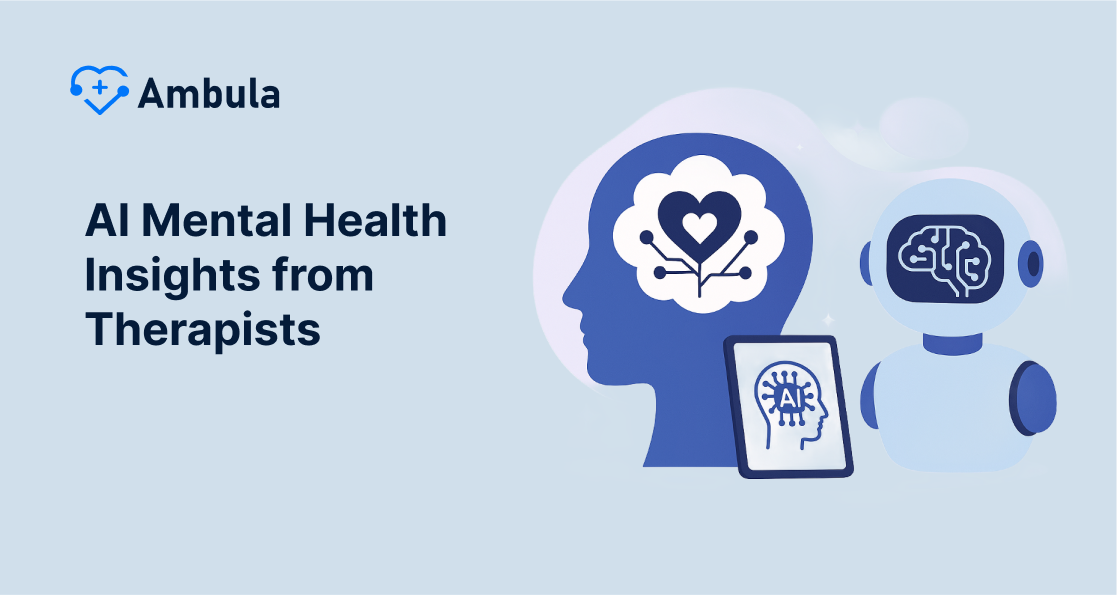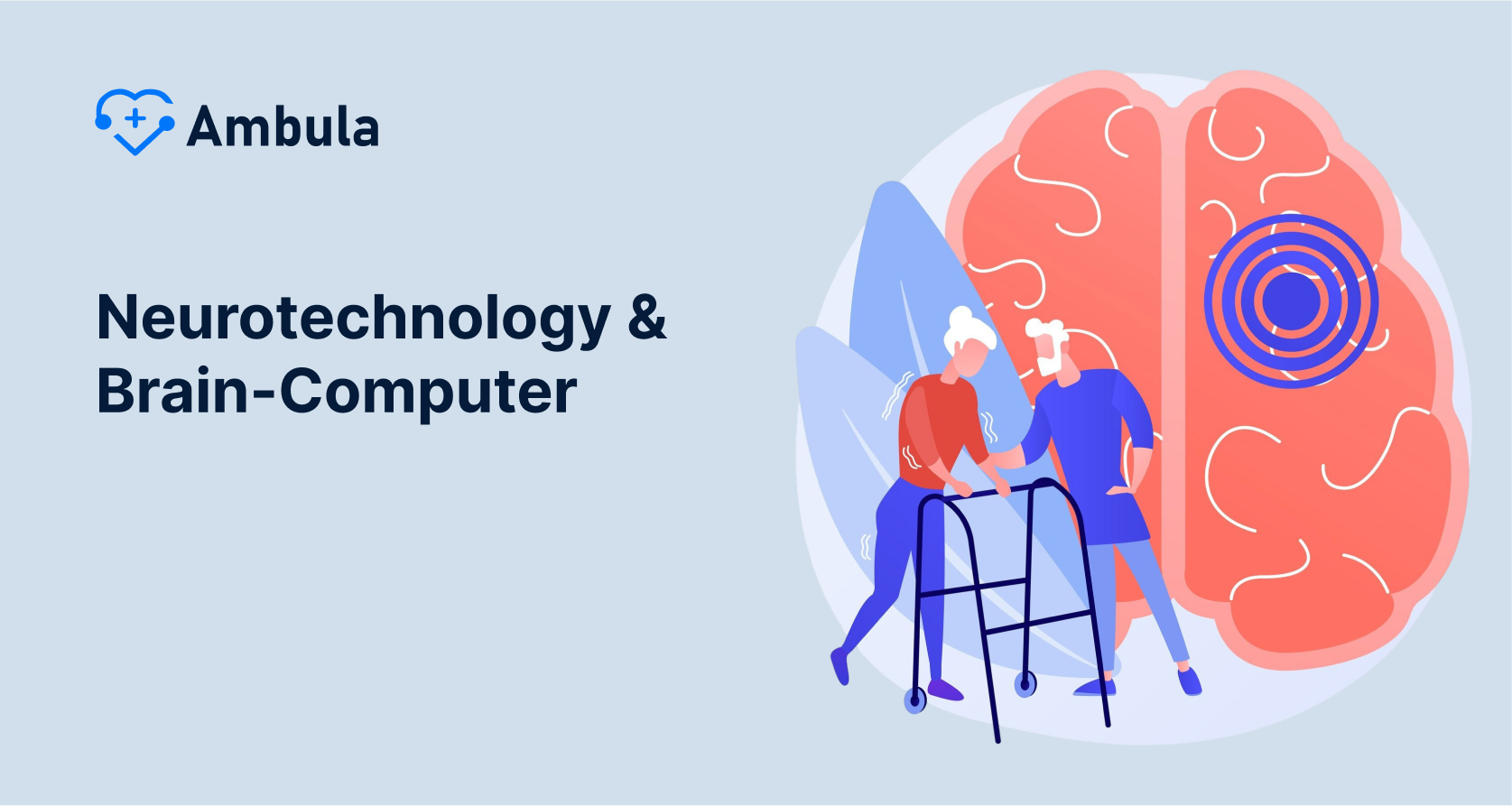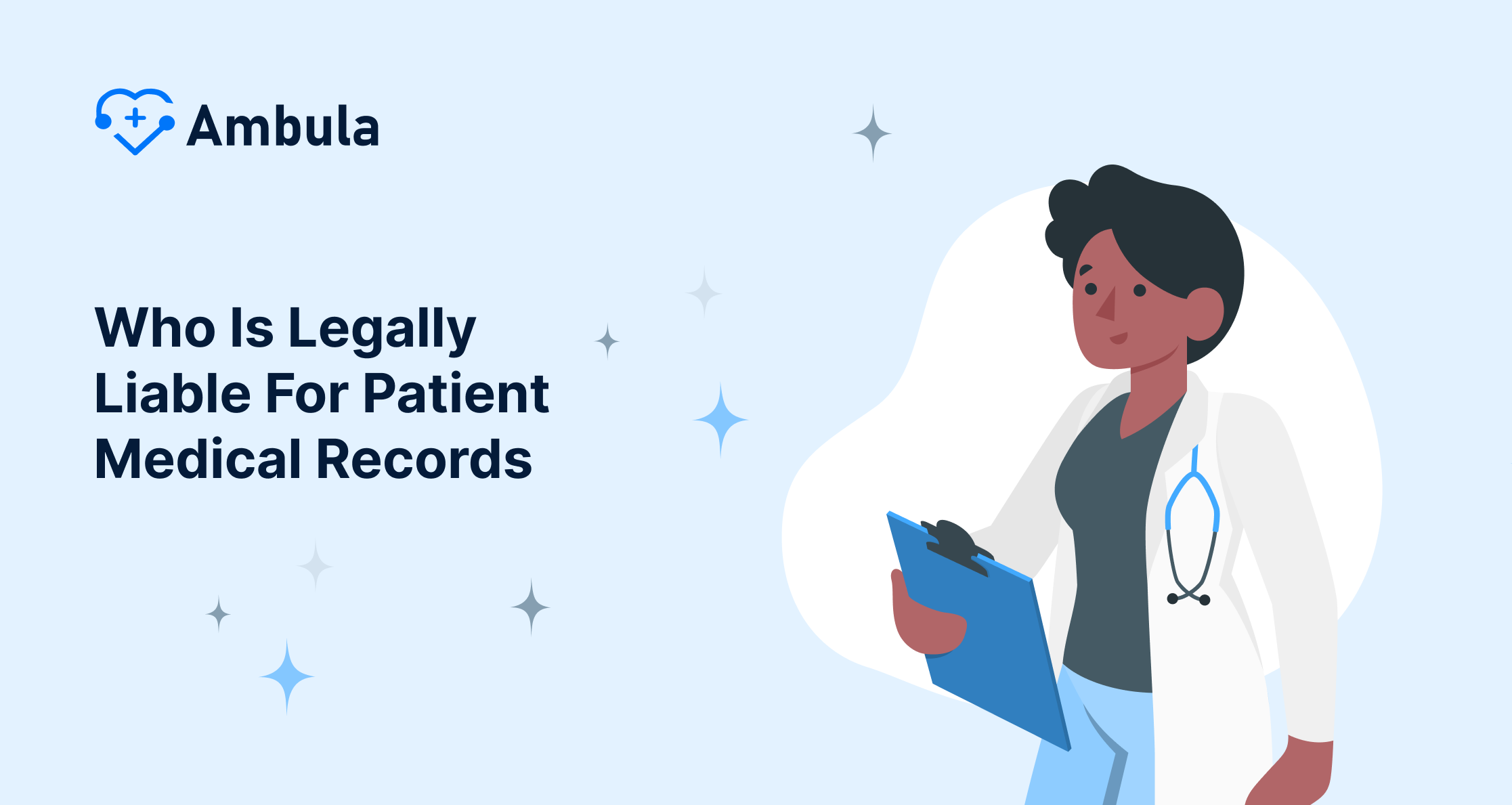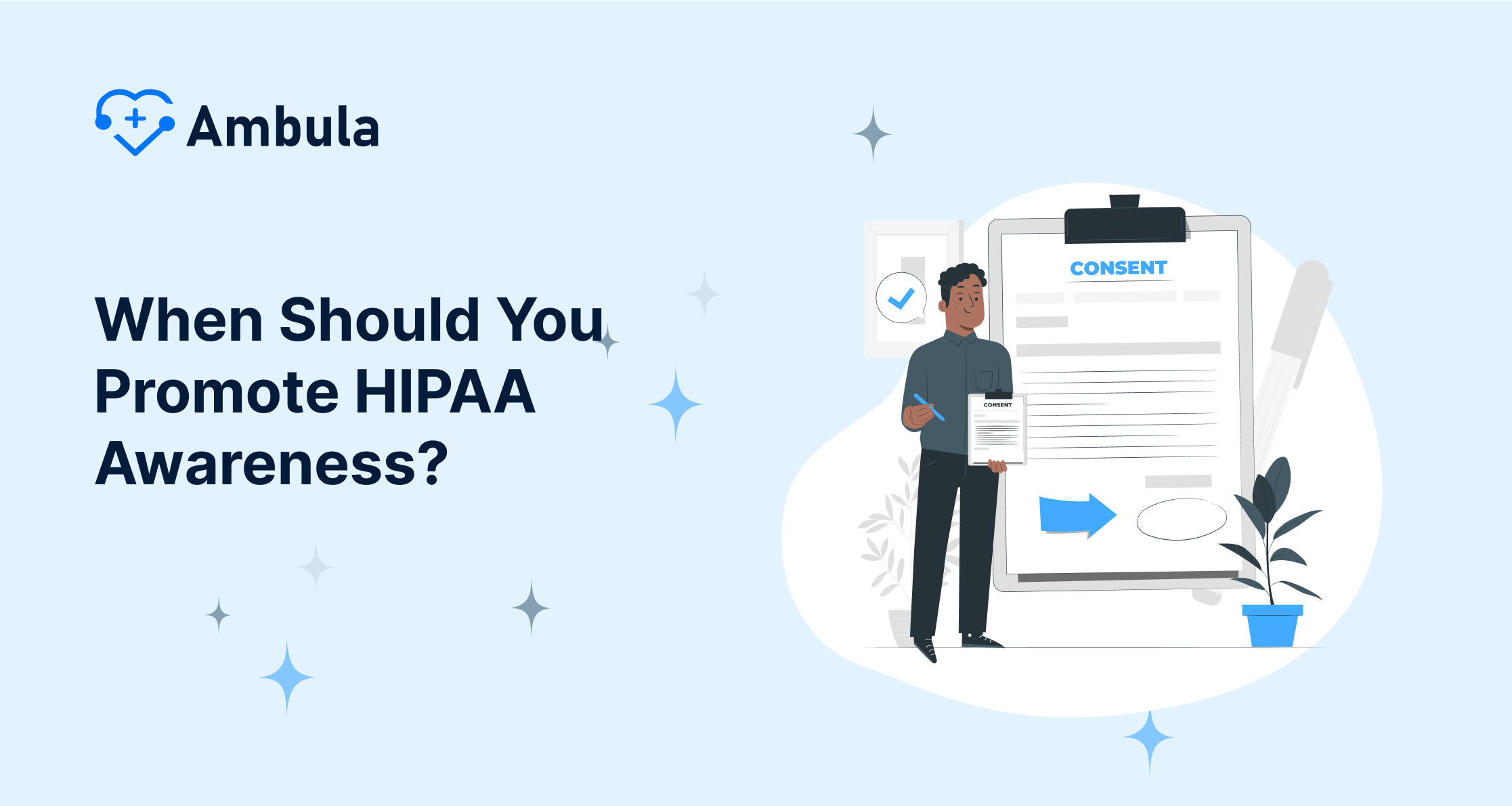Medical coding is the process of translating a patient’s medical record into standardized alphanumeric codes. These codes represent diagnoses, procedures, services, and equipment used during care. The rise of artificial intelligence (AI) is causing ripples across industries, and healthcare is no exception. One area on the radar is medical coding, where automated systems are increasingly touted as potential replacements for human coders. This has sparked a heated debate: will AI render medical coders obsolete or simply transform their roles?
This article delves into this ongoing debate, exploring the potential of AI in medical coding, its limitations, and the likely impact on the profession’s future. We’ll examine expert opinions, ethical considerations, and the overall shift in the coding landscape as AI reshapes healthcare.
AI’s potential impact on medical coding
Think of AI as a medical dictionary on steroids. It devours vast data, learning the intricate dance between diagnoses and their corresponding codes. This isn’t just basic keyword matching; AI digs deeper, considering the context like a seasoned detective. It analyzes associated symptoms, delves into the patient’s history, and stays updated on all the coding rules.
With this knowledge, AI doesn’t just stand by; it actively suggests a list of relevant codes, tailored to the specific diagnosis and context. This serves as a springboard for the coder, saving them precious time and mental energy. But AI doesn’t stop there. As the coder interacts with the suggestions, selecting or rejecting them, the AI learns and refines its recommendations in real time. It’s an ever-evolving partnership, constantly improving accuracy and relevance.
The benefits are undeniable. Efficiency skyrockets as coders spend less time searching, and errors dwindle thanks to AI’s data-driven analysis. Consistency is also on the rise, with standardized coding practices fueled by AI.
Identifying missing or conflicting information
It can be difficult for human coders to catch inconsistencies in medical records, such as missing procedure codes or conflicting medication details. However, AI can recognize patterns in vast amounts of medical data, allowing it to easily identify missing information. Furthermore, AI can detect inconsistencies within records and serve as an informant to human coders, providing context and relevant information to help them make informed decisions. Imagine a scenario where a doctor mentions a diagnosis in their notes, but the crucial corresponding procedure code is absent. Or, two different reports provide conflicting details about a patient’s medication regimen. Such inconsistencies might easily slip past a busy human coder, but AI, trained on vast sets of medical records, can spot them with impressive efficiency.
How does AI accomplish this feat? First, it’s a master of pattern recognition. It has devoured mountains of data and learned to identify the intricate dance between diagnoses, procedures, medications, and other clinical details. Armed with this knowledge, it meticulously analyzes new records, flagging missing information like a missing code for a documented diagnosis.
Freeing up time for coders to focus on complex cases
With AI handling repetitive tasks such as pre-filling code sets, identifying missing information, and addressing routine queries, coders can finally tackle challenging cases such as rare diagnoses, applying their clinical knowledge to nuanced situations and ensuring the highest accuracy through quality assurance.
The benefits of this collaboration are widespread. Coders find their work more fulfilling, honing their skills while contributing to better patient care through improved treatment decisions based on accurate, comprehensive coding. However, AI is not a standalone solution; its power lies in collaboration, not replacement. Coders remain irreplaceable for their clinical judgment, nuanced understanding, and ability to navigate the intricate medical landscape.
Limitations of AI in medical coding
While AI promises to transform medical coding, it faces a formidable foe: the intricate complexities of language and medical terminology. Unlike the neat world of numbers and algorithms, AI stumbles on the nuances of human expression, particularly in the jargon-filled realm of healthcare.
Imagine AI encountering a doctor’s note rife with ambiguity. “Pain,” a seemingly simple word, can take on a kaleidoscope of meanings depending on context. AI, lacking human understanding of intent and subtle shifts in meaning, can easily misinterpret such subtleties.
Then there’s the vastness of medical knowledge. Rare diagnoses and specialized terms encountered daily by coders leave AI feeling like a lost tourist in a foreign land. A newly coined term for a specific condition? AI wouldn’t even know where to begin.
Informal language and messy documentation pose another hurdle. Doctors’ notes, let’s be honest, aren’t poetry. Abbreviations, slang, and handwriting create roadblocks for AI’s literal interpretations. Grasping the intended meaning behind these informal scribbles remains beyond its current capabilities.
The consequences of these limitations can be severe. Misinterpretations and errors in coding can lead to inaccurate billing, wrong treatment decisions, and even delays in care. Furthermore, AI’s “black box” nature, whose reasoning behind its suggestions remains hidden, can create distrust and reluctance to adopt these tools.
Challenges to handl
While AI promises to revolutionize medical coding, its journey hits roadblocks when it encounters the messy reality of healthcare data. Unlike the structured world of numbers and algorithms, AI often stumbles when faced with:
1. Unstructured Data: The Handwritten Enigma:
- Handwritten notes: Doctors’ scribbles aren’t known for their legibility, posing a significant challenge for AI’s text recognition capabilities. Even advanced algorithms can struggle with variations in handwriting, abbreviations, and medical shorthand, leading to misinterpretations and errors.
- Verbal reports: Capturing and interpreting spoken information adds another layer of complexity. AI must navigate accents, dialects, and medical jargon within spoken reports, which can lead to missed details and inaccuracies.
2. Ambiguity and Jargon: Beyond the Literal Meaning:
- Nuances of language: Medical language is rife with ambiguity. Words like “pain” or “fatigue” can encompass a spectrum of experiences depending on context. AI, lacking human understanding of these nuances, can misinterpret subtle differences, leading to inaccurate coding.
- Medical jargon: The vast vocabulary of medical terms poses another challenge. Rare diagnoses, specialized terminology, and evolving slang often leave AI’s training data behind, creating confusion and hindering its ability to assign codes accurately.
3. Grey Areas: Where Logic Meets Judgment:
- Complex cases: AI excels at following rules and identifying patterns. However, healthcare presents many grey areas where judgment and critical thinking are crucial. Rare presentations, atypical symptoms, and complex medical histories require human expertise to navigate and reach the correct diagnosis, ultimately determining the appropriate code.
- Ethical considerations: Medical coding often involves ethical dilemmas. Balancing accurate coding with patient privacy and fair reimbursement requires a human understanding of ethical principles and the ability to navigate these grey areas responsibly.
These challenges highlight that AI is not a silver bullet in medical coding. While it can automate tasks and improve efficiency, it cannot replace the irreplaceable human element.
Need of human oversight to ensure accuracy
AI’s march into medical coding promises a revolution, but its path is paved with obstacles. While it shines in speed and efficiency, relying solely on AI poses significant risks to accuracy, compliance, and, ultimately, patient safety. This is where the irreplaceable role of human oversight comes into play.
Imagine AI tripping over the nuances of human language. “Moderate pain” becomes “severe” due to a keyword-focused search, potentially leading to the wrong treatment. This is where human expertise, trained to handle ambiguity and context, ensures accurate code selection.
Healthcare thrives on complexities, not clear-cut answers. Grey areas and intricate cases, like rare diagnoses or unusual presentations, demand more than AI’s current capabilities. Human coders, armed with clinical knowledge and experience, navigate these complexities and arrive at the most appropriate code, ensuring optimal patient care.
Impact on medical billing and healthcare costs
While the ethical and human oversight elements of AI in medical coding are crucial, its potential for cost savings and increased efficiency also deserves attention. Here’s a closer look:
Cost Savings
- Reduced Reimbursement Errors: Studies suggest AI-assisted coding can reduce coding errors by up to 30%, leading to fewer denied claims and quicker reimbursements. A 2023 report by Optum estimates this could translate to billions of dollars saved annually for healthcare providers.
- Streamlined Workflows: Automating repetitive tasks like pre-filling codes and identifying missing information frees up coders’ time for complex cases, reducing overtime and boosting overall workflow efficiency.
- Improved Audit Readiness: AI can identify potential compliance issues, allowing proactive corrective actions and minimizing penalties during audits.
The consequences for reimbursement are stark
- Unequal payouts: Biased AI coding can lead to systematic under coding for certain groups, resulting in lower reimbursements for providers and impacting their ability to care for these patients.
- Widening the gap: AI bias can become a bullhorn for existing healthcare disparities, further disadvantaging already vulnerable populations, and raising serious ethical concerns.
But all is not lost. We can mitigate these risks:
- Transparency and auditing: Shedding light on data selection and regularly checking AI algorithms are crucial to identifying and addressing bias.
- Human expertise prevails: Experienced human coders, armed with clinical knowledge, must remain involved in reviewing AI suggestions and ensuring fair, accurate coding, especially for complex cases.
- Diversity matters: Training AI on diverse datasets and testing algorithms with representative populations helps reduce bias and promote fairness.
Dr. Ali Soroush and his team from Medical Economics extracted a comprehensive list of over 27,000 unique diagnosis and procedure codes
“According to the findings, which evaluated LLMs including GPT-4, GPT-3.5, Gemini-pro, and Llama-2-70b, none of the models exhibited satisfactory accuracy, with all falling below a 50% threshold in reproducing original medical codes. Despite GPT-4 emerging as the top performer, boasting the highest exact match rates for ICD-9-CM, ICD-10-CM, and CPT codes, errors persisted at an unacceptable level. GPT-4 demonstrated the best performance among the models we examined, yet it still fell short of achieving reliable accuracy,”
Conclusion
AI in medical coding is a powerful partner, not a replacement. By leveraging its strengths while safeguarding against biases and ensuring human oversight, we can achieve a future of accurate, efficient, and ethical coding that benefits both patients and healthcare providers. Remember, the human element in coding isn’t a relic of the past; it’s the cornerstone of a responsible and equitable healthcare future.
The future of medical coding is bright, but it won’t be illuminated by standing still. By embracing adaptation, continuous learning, and a collaborative spirit, medical coding professionals can not only survive, but thrive in this evolving landscape, ensuring accurate, ethical, and efficient coding for generations to come. Remember, the future belongs to those who can learn, adapt, and leverage technology as a tool, not a replacement, for their unique human expertise.




